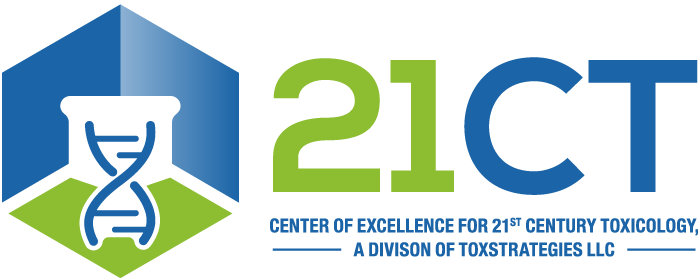Wikoff D, Fitzgerald L, Haws L, Harris M. Health-based framework for evaluating the safety of hydraulic fracturing products. Presented at Society of Toxicology 52nd Annual Meeting, San Antonio, TX, March 2013.
Abstract
Hydraulic fracturing has made it possible to extract natural gas from dense shale rock formations and has become the fastest-growing source of gas in the U.S. Because the process involves drilling through groundwater formations, there has been concern that drinking water aquifers could become contaminated – a concern compounded by a lack of information regarding the composition and safety of the products used. In an effort to address these concerns, we developed a quantitative framework to characterize potential safety of hydraulic fracturing products. The framework consists of four evaluation criteria that are applied to each of the product components: composition and use, toxicity, exposure, and risk of release. Each of the criteria has specific requirements associated with scores ranging from 1-5 (with 1 being the best and 5 being the worst) that are based on USEPA guidelines and standard risk assessment practices. A final composite product score is calculated based on scores for each of the criteria for each of the components and this score is used to place the product into a category of use relating to its safety (not recommended for use, use with caution/specialized conditions, or acceptable for designated use). Importantly, if any component of the hydraulic fracturing product does not achieve a score below the STOP point for any of the four criteria (indicative a minimum level of knowledge or safety), the product is automatically placed into the not recommended for use category. This framework allows health experts to tailor the evaluation to any type of product used in the fracturing process and can be consistently conducted by independent parties. Because this process focuses on human health risk and environmental exposures, it is different than those currently available in the natural gas industry and is more in line with standard risk assessment practices. Most importantly, this framework allows for transparency in the evaluation process and provides a quantitative method upon which experts can make decisions.
